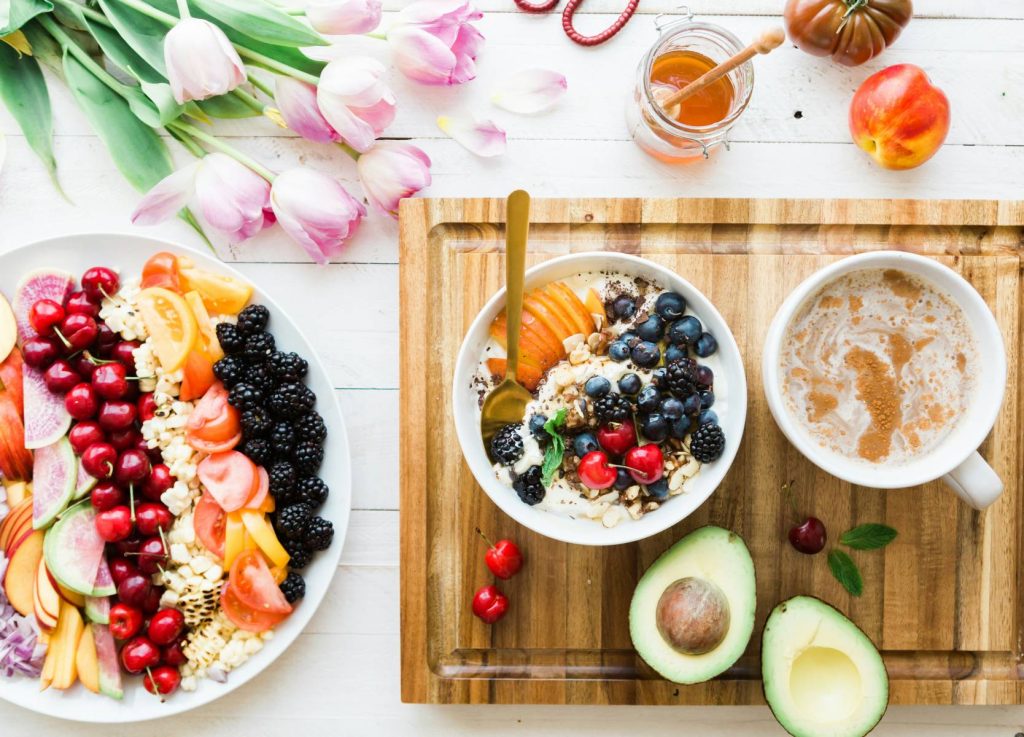When it comes to our diet, sugar is a major culprit that can lead to a variety of health problems, including obesity, diabetes, and cardiovascular diseases. However, cutting back on sugar doesn’t have to mean sacrificing taste and flavor in your meals. By making a few simple swaps and adjustments, you can enjoy delicious and satisfying meals without all the added sugar. In this article, we will explore some practical tips and tricks for reducing sugar in your diet without sacrificing taste.
1. Read Food Labels: One of the first steps in reducing sugar in your diet is to become more aware of the foods you are consuming. Start by reading food labels and paying attention to the amount of sugar listed in the ingredients. Be on the lookout for hidden sugars, such as high fructose corn syrup, sucrose, and dextrose. By understanding what you are putting into your body, you can make more informed choices about which foods to include in your diet.
2. Limit Processed Foods: Processed foods, such as cookies, candy, and soda, are often packed with added sugars and empty calories. To reduce your sugar intake, try to limit your consumption of processed foods and opt for whole, natural foods instead. Fresh fruits, vegetables, whole grains, and lean proteins are great alternatives that can help satisfy your hunger without all the added sugar.
3. Choose Low-Sugar Alternatives: When cooking or baking, consider using low-sugar alternatives to sweeten your dishes. Stevia, monk fruit, and erythritol are all natural sweeteners that can be used in place of sugar in many recipes. These alternatives provide the sweetness you crave without the negative health effects of added sugars. Additionally, using fresh fruits, such as bananas, dates, or applesauce, can add natural sweetness and flavor to your dishes without the need for added sugars.
4. Experiment with Spices and Herbs: To enhance the flavor of your meals without added sugars, experiment with a variety of spices and herbs. Cinnamon, nutmeg, ginger, and vanilla extract are all great options for adding warmth and sweetness to your dishes without the need for sugar. Fresh herbs, such as basil, mint, and cilantro, can also provide a burst of flavor that can help enhance the taste of your meals. By getting creative with spices and herbs, you can create delicious dishes that are both healthy and flavorful.
5. Choose Whole Grains: When it comes to reducing sugar in your diet, choosing whole grains over refined grains can make a big difference. Whole grains, such as brown rice, quinoa, and oats, are packed with fiber and nutrients that can help keep you feeling full and satisfied. Additionally, whole grains have a lower glycemic index than refined grains, which can help prevent spikes in blood sugar levels. By incorporating more whole grains into your diet, you can enjoy delicious and filling meals without all the added sugars.
6. Be Mindful of Portion Sizes: While it’s important to reduce sugar in your diet, it’s also important to be mindful of portion sizes. Even natural sugars, such as those found in fruits and dairy products, can add up if consumed in excess. Pay attention to serving sizes and listen to your body’s hunger cues to avoid overeating. By practicing portion control and being mindful of what you are eating, you can enjoy your meals without going overboard on sugar.
7. Get Creative with Desserts: When it comes to reducing sugar in your diet, dessert can be a challenging area to navigate. However, there are plenty of ways to satisfy your sweet tooth without all the added sugar. Experiment with healthy dessert options, such as chia seed pudding, banana “nice” cream, or Greek yogurt with fresh berries. These alternatives provide a sweet and satisfying treat without all the empty calories of traditional desserts. Additionally, swapping out sugar for natural sweeteners in your favorite dessert recipes can help reduce your overall sugar intake without sacrificing taste.
8. Stay Hydrated: Staying hydrated is essential for overall health and can also help reduce sugar cravings. Oftentimes, thirst can be mistaken for hunger, leading to unnecessary snacking and overeating. By drinking plenty of water throughout the day, you can help curb cravings and keep your body running efficiently. Additionally, herbal teas, infused water, or sparkling water can provide a refreshing and flavorful alternative to sugary drinks.
9. Plan Ahead: One of the keys to reducing sugar in your diet is to plan ahead and be prepared. By meal prepping and having healthy snacks on hand, you can avoid reaching for sugary options when you are craving a quick fix. Planning your meals and snacks in advance can help you make better choices and stay on track with your health goals. Additionally, having a well-stocked pantry and fridge with nutritious options can make it easier to choose healthier alternatives when the cravings hit.
10. Seek Support: Making changes to your diet can be challenging, especially when it comes to reducing sugar intake. Seek support from friends, family, or a health professional who can provide guidance and encouragement along the way. Having a support system in place can help keep you motivated and accountable as you work towards reducing sugar in your diet. Additionally, joining a community or group that shares similar health goals can provide a sense of camaraderie and support as you navigate your journey to a healthier lifestyle.
In conclusion, reducing sugar in your diet doesn’t have to mean sacrificing taste and flavor. By making simple swaps and adjustments to your meals and snacks, you can enjoy delicious and satisfying dishes without all the added sugar. By being more mindful of the foods you are consuming, choosing low-sugar alternatives, and getting creative with spices and herbs, you can create a balanced and nutritious diet that supports your overall health and well-being. With a little planning and preparation, you can reduce your sugar intake and feel great about the choices you are making for your body.

